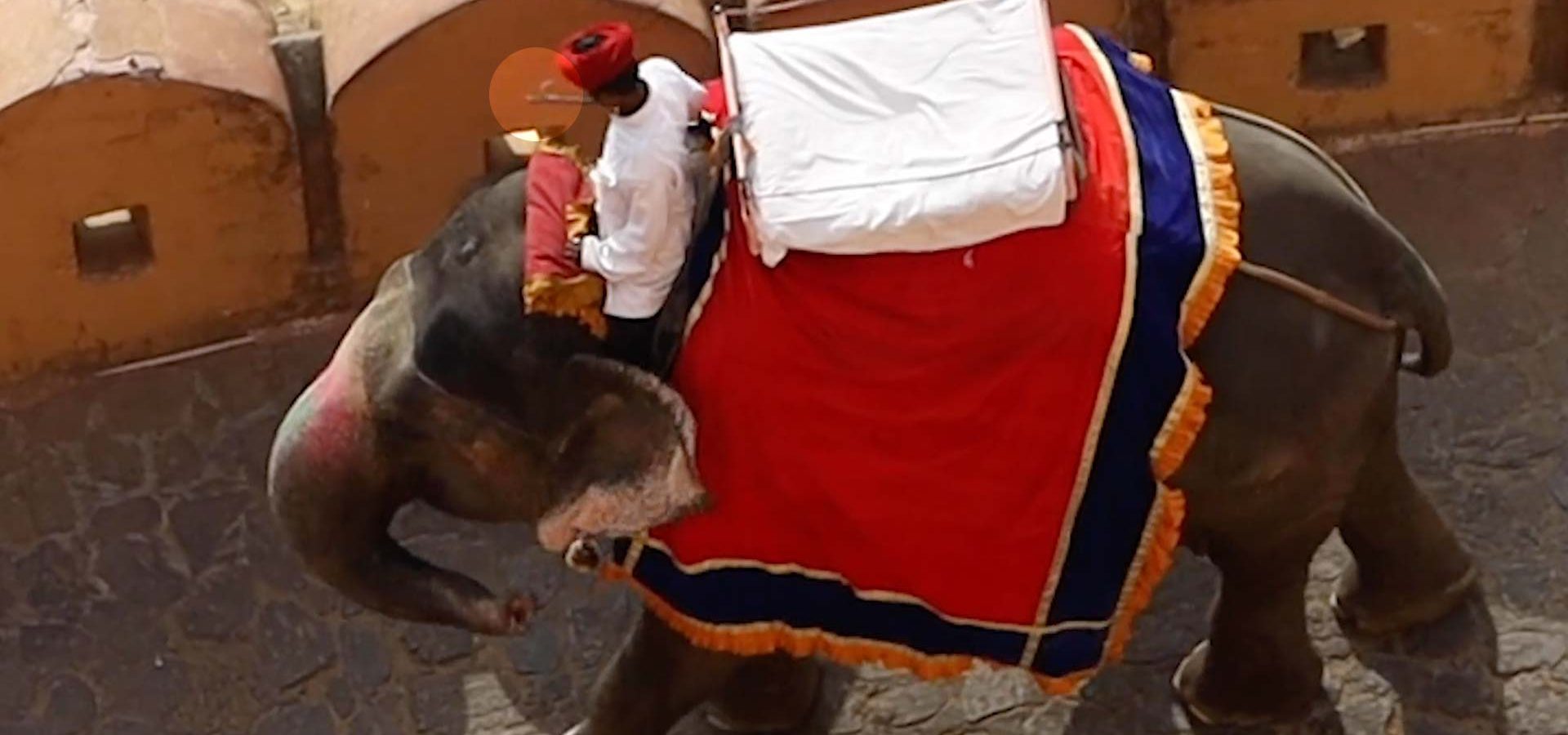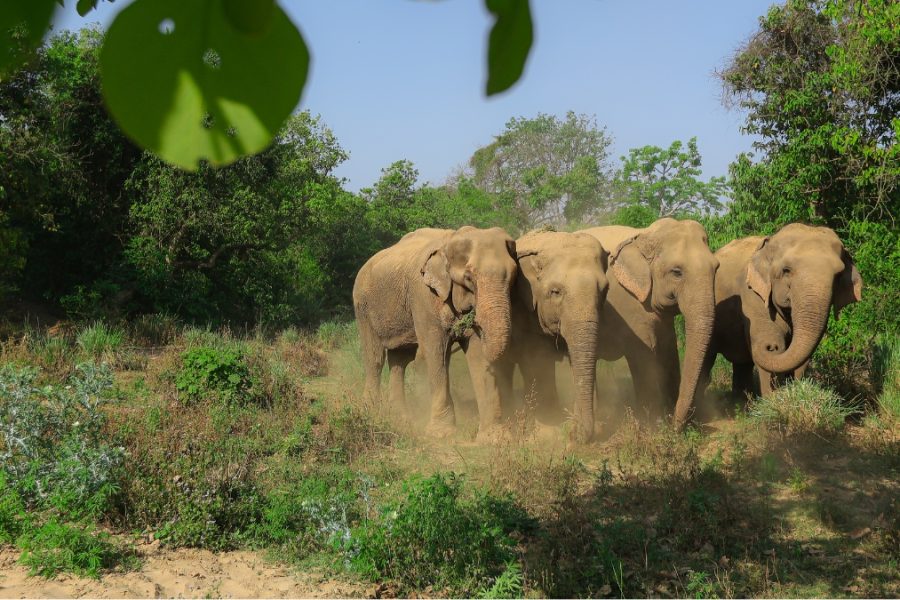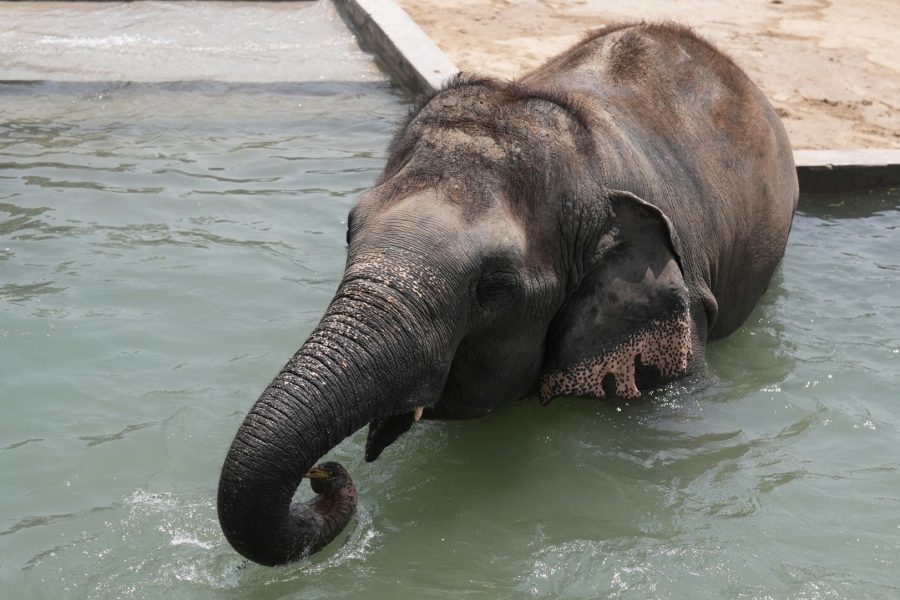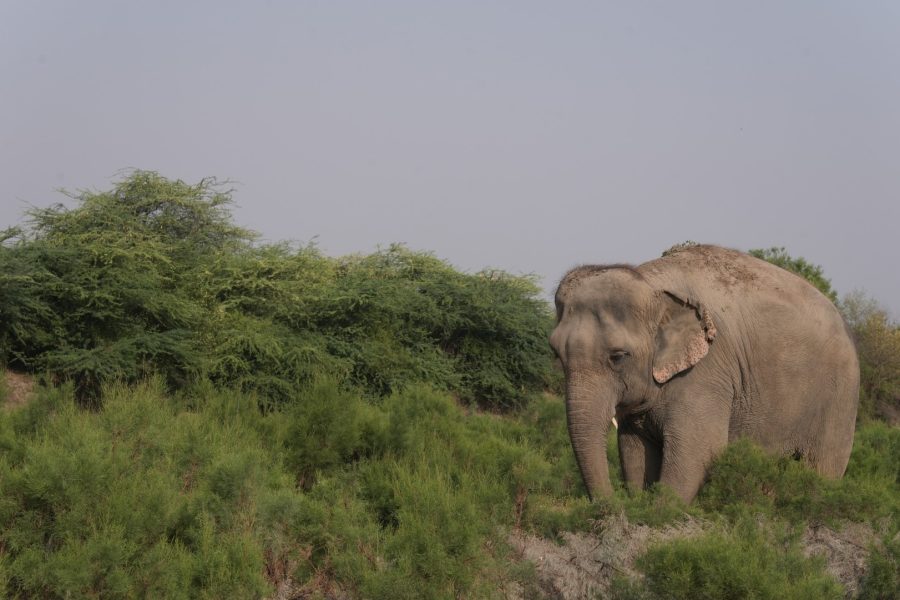Fodor’s recently published a story that is misinforming tourists with industry propaganda that perpetuates cruelty to elephants. The once-reputable travel information source has been helping tourists for more than 70 years, but a recent article whose author claims to be a “responsible tourism writer,” tries to justify elephant rides for tourists. Possibly naive and only seeing a white-washed side of elephant tourism, the author contradicts herself repeatedly by selectively citing research to claim “the abuse is rare and isn’t that bad” [sic]. Don’t be fooled … the commercial elephant-ride industry is cruel, well-funded and often involved in organized crime, poaching and international wildlife trafficking.
Read: “Five Reasons Why You Should Never
Ride Elephants If You Love Them!”
Here are a few of the author’s claims and quotes:
- Bullhooks are essential because, “The mahout can rest the hook on a pressure point behind the elephant’s ear.”
- Elephant abuse is rare and a thing of the past.
- Phajaan, or “breaking the spirit” of a baby elephant is like “puppy school.” The training is OK because it isn’t cruel, baby elephants are rarely captured in the wild, and it’s OK to breed captive elephant for tourist rides (a brutal system of slavery for their entire lives).
- Captive elephants will only be cared for if they make money for their owner (so what happens when they’re elderly, sick or injured?)
- Research proves it’s good for tourists to ride elephants (Wrong! The research suggests it’s good for elephants to get exercise in the forest, which is obvious)
- Industry oversight is legitimate (oversight is fraught with abuse and fraud), and most elephant camps take good care of their elephants (they don’t).
- There isn’t enough wild land left, so it’s implied wild herd conservation efforts aren’t worthwhile and we’re doing the elephants a favor by making them captive and forcing them to give rides to earn their keep.
Wildlife SOS – A Response to Fodor’s
Recently, there was an article posted on Fodor’s website entitled, “Elephant Tourism is Far More Complex than You’d Imagine: The Thailand Example.” After reading the article, a better title for this industry-created propaganda would have been, ‘Go Ahead, Exploit that Elephant! It’s for Their Own Good’.
For most of the article, there was not even a glimmer of an impartial or curious interest to understand the issues and write from an objective perspective. Rather, the article appeared to be written by an elephant owner’s lobbying group. “Endangered Asian elephants only have value if they’re making money for their owners, so don’t get old or injured” [sic].
Instead of helping tourists to understand the cruelties to elephants they might be perpetuating by participating in certain elephant encounters, the article took a different approach. It appeared to support an unfortunate premise – that it is one’s duty to support elephant camps if you care about elephants. Throughout the article, there is no sense of urgency that the camps need to change, suggestion that there’s any mistreatment of elephants, or any mention of wild elephant conservation. Instead, the takeaway is that those calling for improved treatment of elephants in camps are the problem.
There are too many problems with the article to spend the time identifying each one specifically. Even though we work in India, we can speak to the universal suffering that captive elephants go through no matter what country they are in. Common sense would say an elephant that is beaten with a bullhook, whether it be in India, Sri Lanka or Thailand, would be equally petrified of the tool. Elephants that are chained all suffer the same agonizing foot/joint problems and puss-filled abscesses. However, the author tries to convince the reader that seeing elephants being managed with chains or bullhooks should not give the tourist pause for concern.
In India, where there are close to 3,000 captive elephants, our experience shows that almost ALL of the elephants have been taken from the wild. It is foolhardy to think that these elephants, that are overworked, stressed and sickly would be able to conceive and carry a baby for almost 2 years to full-term. Although the article tries to stress that this is a Thailand example and that these elephants are being captive bred, common decency and ethical considerations should prevent attempts to increase captive elephant populations in Thailand. This is especially important when the same article appears to say that there are too many captive elephants to be able to give them the quality of life they need.
The statement that really highlights how the author was out of their depth with tackling this subject is using the comparison of training elephants to sending a dog to puppy school. It is both recklessly naive and dangerously ignorant to make such a comparison. Elephants’ lives and well being depend on the truth coming out on how exactly elephants are tortured to prepare them for a life serving people. Phajaan – also known as elephant crushing – is real; the practice is as cruel today as it was historically. To suggest that elephants are going to the elephant-equivalent of puppy school is a grotesque distortion of the barbarism they suffer. Elephants are not domesticated animals like dogs, they are wild animals. This fact is not disputed in scientific circles. People who are contemplating an elephant encounter should understand this important distinction as well as the extreme cruelty that “tamed” the elephants they intend to meet.
Trophy hunters routinely make the claim that by killing animals they are in fact conservationists. The huge sums they pay to kill an animal, they argue, go to pay for conservation programs. This type of twisted and demented argument is threaded through this Fodor’s article. There is a sense that the best way to help Asian elephants is to ensure that they are profitable, and they will only be profitable if tourists continue to spend money at their camps. There is also the suggestion that groups like Wildlife SOS that educate people on elephant riding through the RefusetoRide.org campaign are doing more harm than good. This is ridiculous.
We do agree with one assertion in the article: these are complex issues. However, things that are crystal clear in regard to how we should move forward with our treatment of elephants are reprehensibly made murky by the rationale presented in the author’s positions. At Wildlife SOS, our position is clear. We are devoted to saving the Asian elephant and will devote resources to protecting wild herds, rescuing abused elephants when possible, and helping people to make ethical decisions with our Refuse to Ride campaign. The planet’s elephants, who have been tortured and enslaved by our species for far too long, deserve nothing less.
We encourage Fodor’s to be more responsible with tackling this topic in the future, and to include views and voices from those organizations this article discredited and sidelined. The future of elephant conservation and welfare is too fragile and the truth should not be buried.





